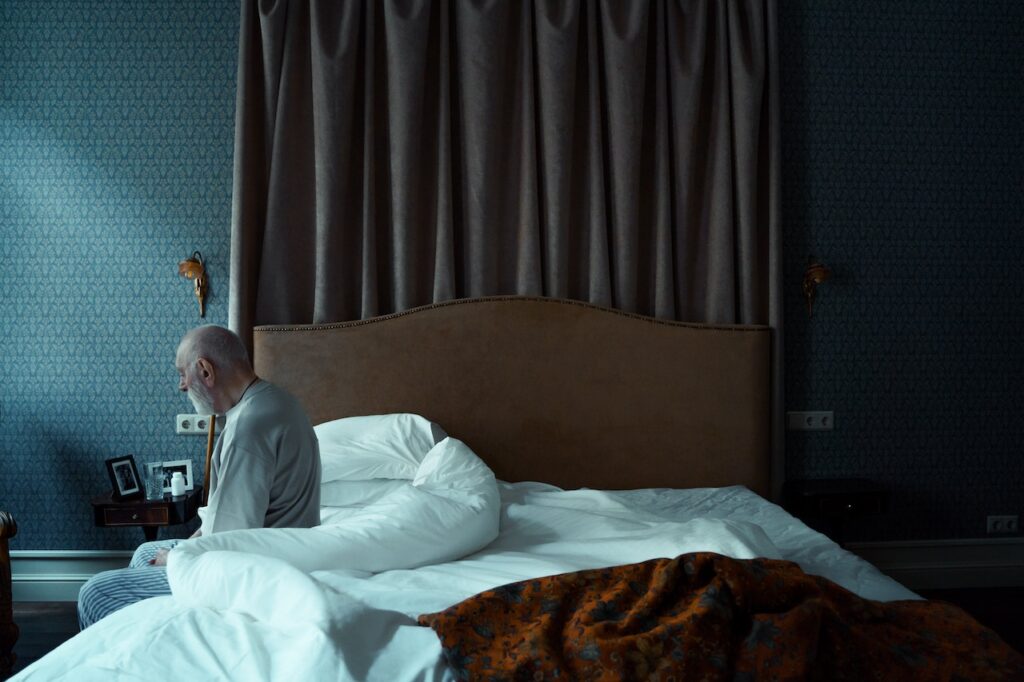Published by: National Institute on Aging
Feeling down every once in a while is a normal part of life, but if these feelings last a few weeks or months, you may have depression. Read this article to find common signs and symptoms of depression, treatment options, and if you or your loved one may be at risk for depression.
What is depression?
Depression is a serious mood disorder. It can affect the way you feel, act, and think. Depression is a common problem among older adults, but clinical depression is not a normal part of aging. In fact, studies show that most older adults feel satisfied with their lives, despite having more illnesses or physical problems than younger people. However, if you’ve experienced depression as a younger person, you may be more likely to have depression as an older adult.
Depression is serious, and treatments are available to help. For most people, depression gets better with treatment. Counseling, medicine, or other forms of treatment can help. You do not need to suffer — help and treatment options are available. Talk with your doctor if you think you might have depression.
There are several types of depression that older adults may experience:
- Major Depressive Disorder – includes symptoms lasting at least two weeks that interfere with a person’s ability to perform daily tasks
- Persistent Depressive Disorder (Dysthymia) – a depressed mood that lasts more than two years, but the person may still be able to perform daily tasks, unlike someone with Major Depressive Disorder
- Substance/Medication-Induced Depressive Disorder – depression related to the use of substances, like alcohol or pain medication
- Depressive Disorder Due to A Medical Condition – depression related to a separate illness, like heart disease or multiple sclerosis.
- Other forms of depression include psychotic depression, postmenopausal depression, and seasonal affective disorder.
What are the signs and symptoms of depression?
How do you know if you or your loved one may have depression? Does depression look different as you age? Depression in older adults may be difficult to recognize because older people may have different symptoms than younger people. For some older adults with depression, sadness is not their main symptom. They could instead be feeling more numbness or a lack of interest in activities. They may not be as willing to talk about their feelings.
The following is a list of common symptoms. Still, because people experience depression differently, there may be symptoms that are not on this list.
- Persistent sad, anxious, or “empty” mood
- Feelings of hopelessness, guilt, worthlessness, or helplessness
- Irritability, restlessness, or having trouble sitting still
- Loss of interest in once pleasurable activities, including sex
- Decreased energy or fatigue
- Moving or talking more slowly
- Difficulty concentrating, remembering, or making decisions
- Difficulty sleeping, waking up too early in the morning, or oversleeping
- Eating more or less than usual, usually with unplanned weight gain or loss
- Thoughts of death or suicide, or suicide attempts
If you have several of these signs and symptoms and they last for more than two weeks, talk with your doctor. These could be signs of depression or another health condition. Don’t ignore the warning signs. If left untreated, serious depression may lead to death by suicide.
If you are a healthcare provider of an older person, ask how they are feeling during their visits. Research has shown that intervening during primary care visits is highly effective in reducing suicide later in life. If you are a family member or friend, watch for clues. Listen carefully if someone of any age says they feel depressed, sad, or empty for long periods of time. That person may really be asking for help. Knowing the warning signs for suicide and how to get help. It can help save lives.
